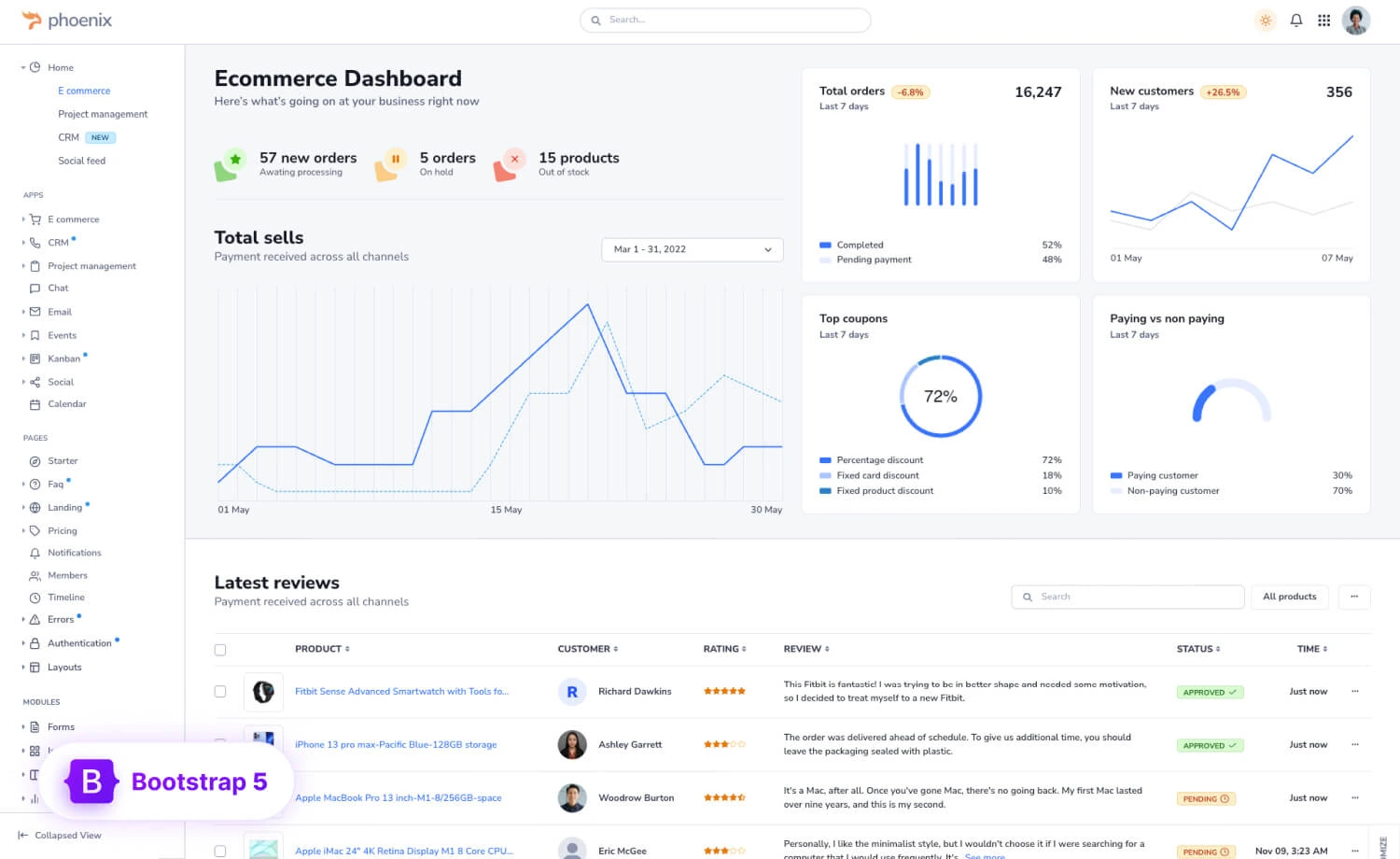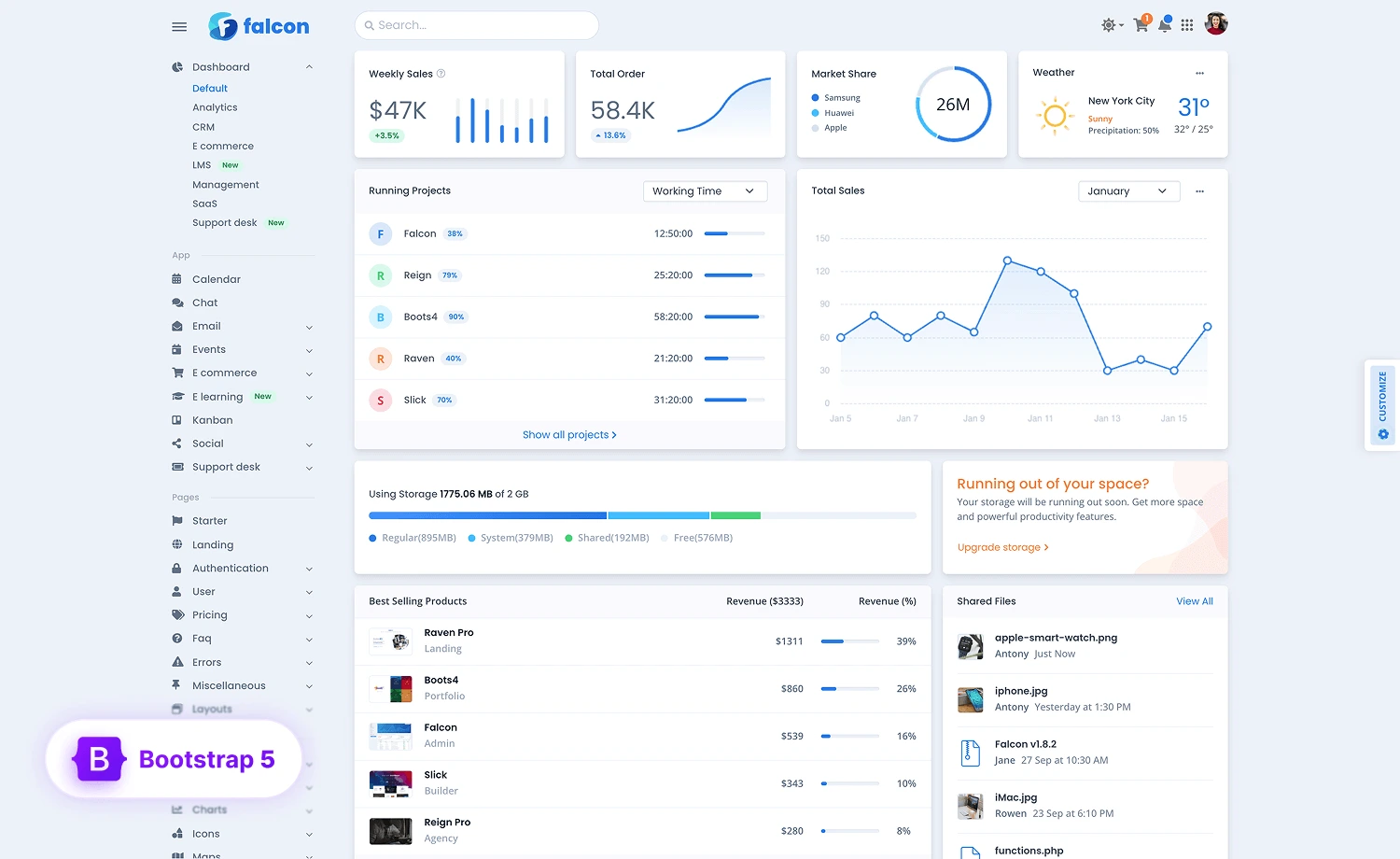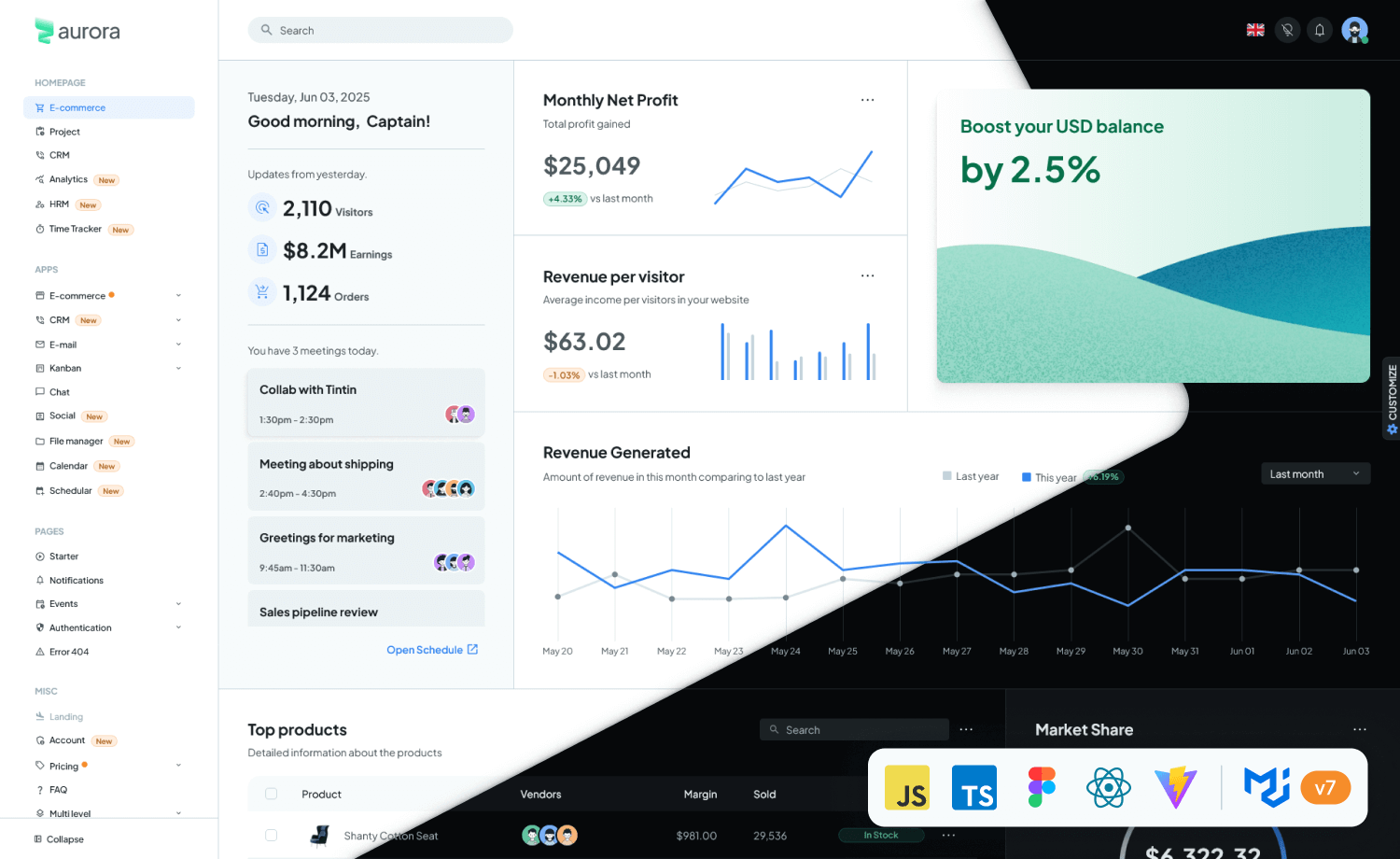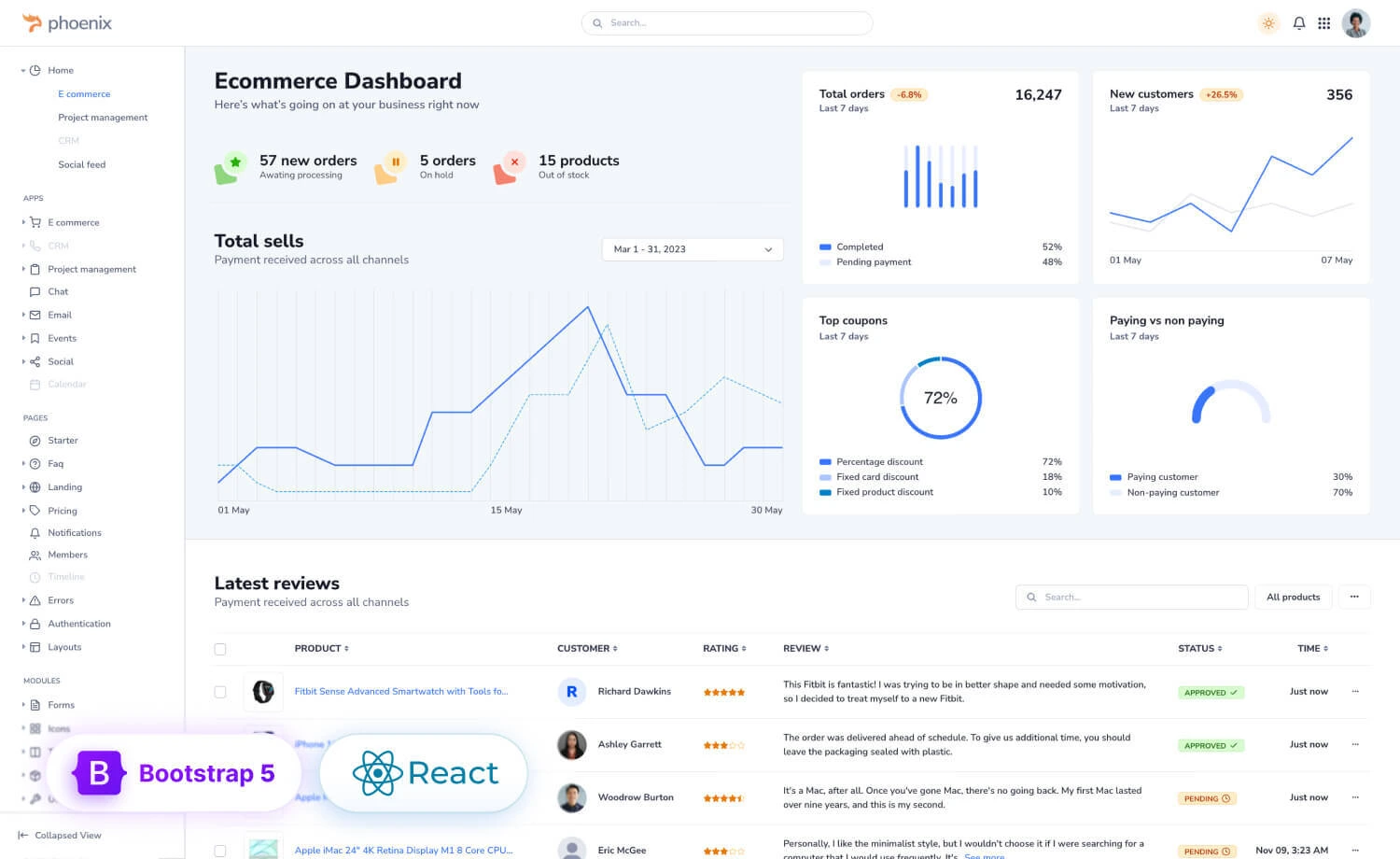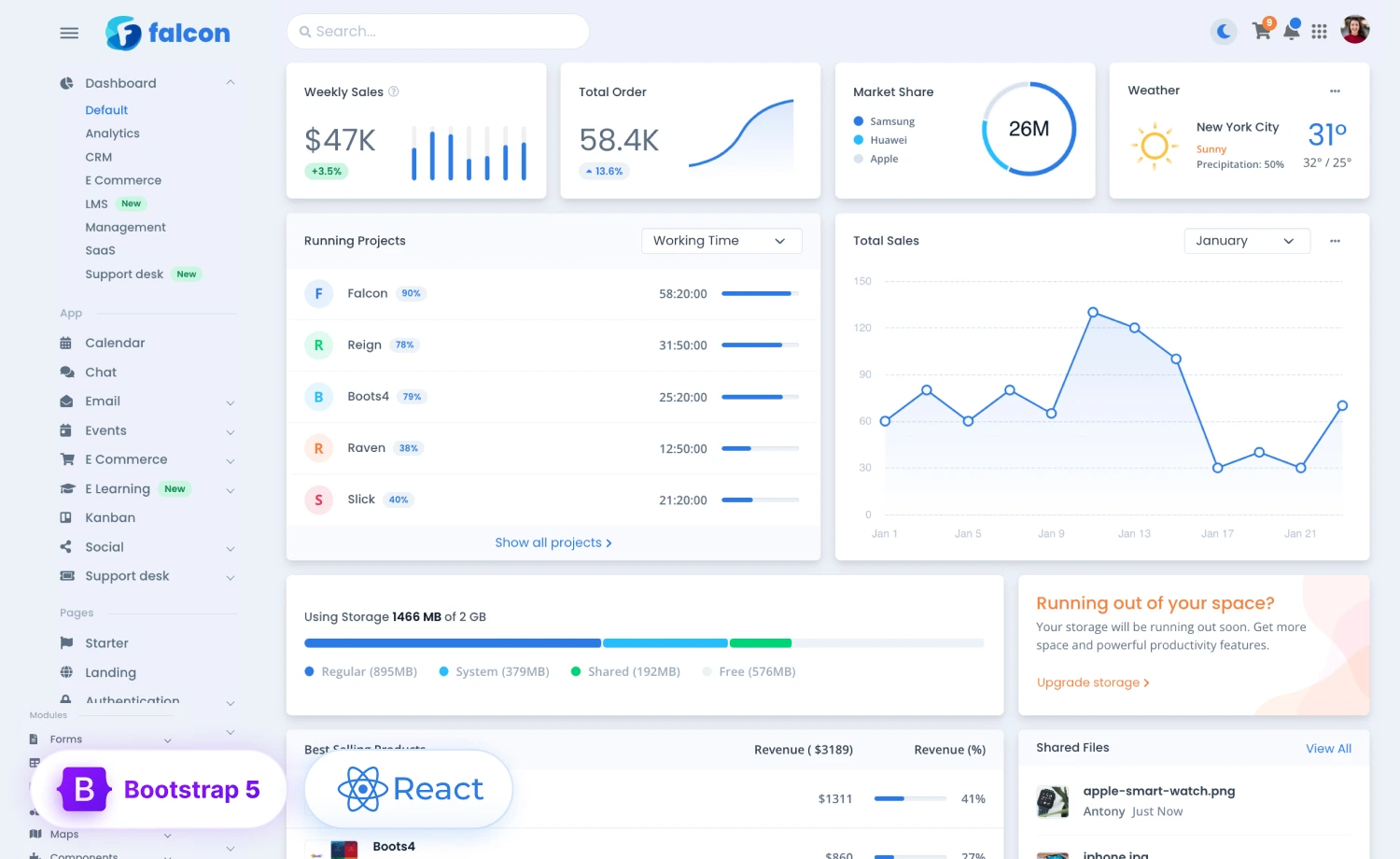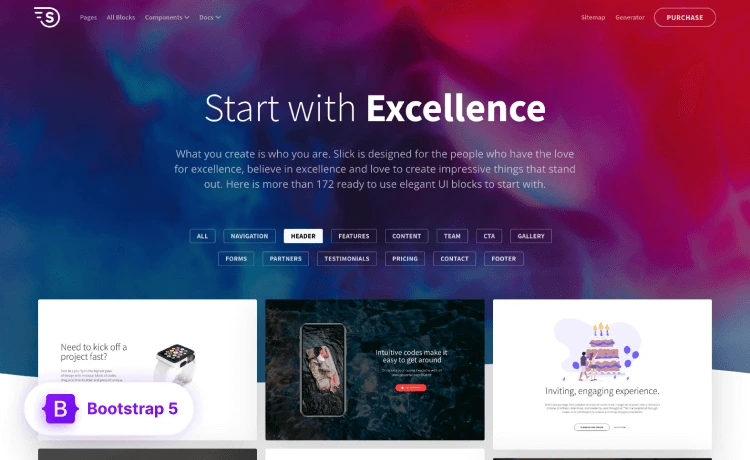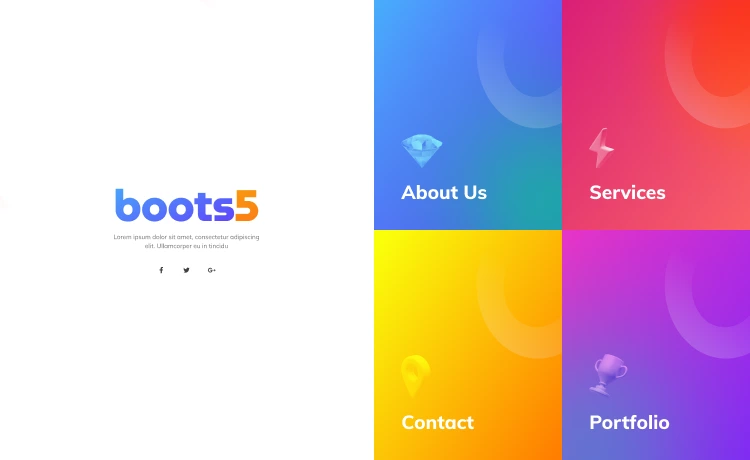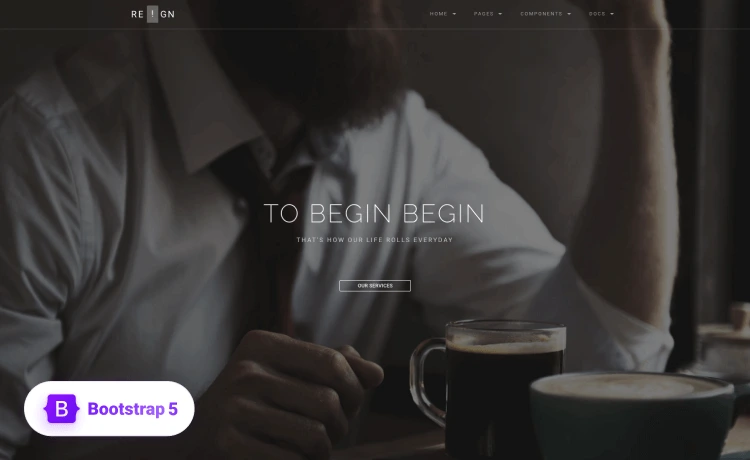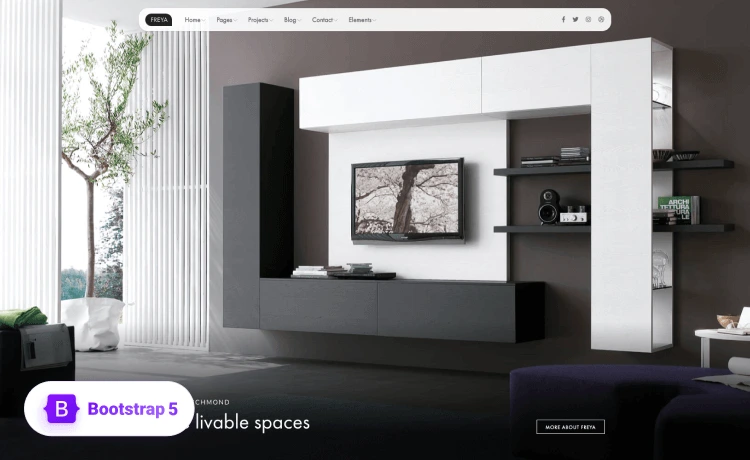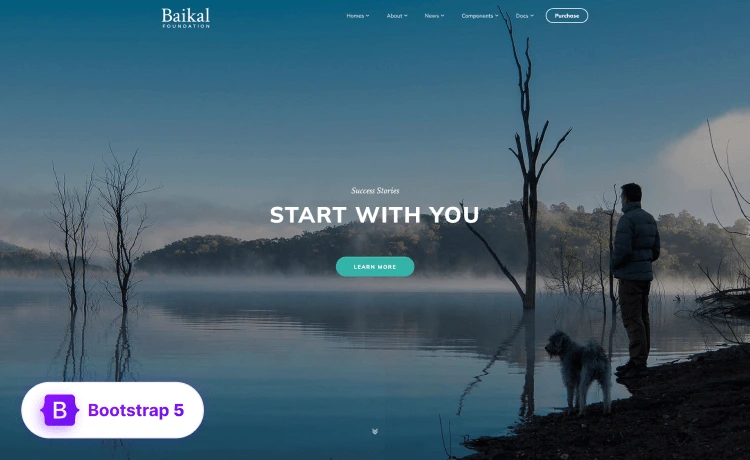Research has shown that localization can improve website traffic by 70% and lead to more conversions. This is unsurprising as most online users rely on search engines like Google to find local businesses. So, by leveraging localization, you can position your website to attract more potential customers and boost revenue. Still, so many people are confused about how to go about this.
Also, since switching to localized domains comes with a lot of unexpected changes and risks, you may be reluctant to make the first move. But, like with all endeavors, learning about what the process entails, what to expect, and how to skip the hurdles can make a world of difference. So, in this post, we will explore how domain localization works and how to get the most out of it.
What Are Localized Domains and Why to Choose Them?
“A localized domain, or a ccTLD is a brand’s website which is associated with a particular country or region. Localized domains send a strong signal to Search Engines that your content is targeted to a specific country or region, and can therefore help you rank better in local search results for that particular area.”
Steven Charlton
Localized domains are domain names designed for specific countries. You can also recognize the region by the country code top-level domain (ccTLD) at the end. We have all seen web addresses that end with .uk (the United Kingdom), .za (South Africa), .fr (France), etc. But why would anyone choose to use them?
Well, it turns out that most customers trust a localized domain more and consider it more relevant to their queries. This makes sense as lots of people rely on online searches to find local services. If you’re looking for a business or a service to order, you would want the closest location or the fastest possible way to get that product delivered to you.
Also, such domains tend to do better in local online search rankings as they are already designed for that specific region. This also means you get to reach more people easily within your region. A brand with a localized domain can reach the target market with your ads more easily, especially if you also leverage a free service that builds backlinks to boost your brand exposure.
How Do You Know If Domain Localization Is Right for Your Business?
It can be highly tempting to opt for domain localization after learning about the many benefits attached to it, but the truth is that it’s not for everyone. So, how do you know if it’s the right choice for your brand? Consider the following:
- The number of traffic you get from your target or any specific region. Your strategy will only work if you are constantly getting a lot of traffic from the country you want to target. Even then, you’ll still need to do your research and see if you are also getting conversions from this region. If yes, then a localized domain sounds like a good idea.
- Competition. The competition you may face in a specific country can also impact the success of your localization plans. It may not be so profitable to jump into an already saturated local market unless you have some aces up your sleeves to beat the competition.
- The volume of location-specific search queries. Say you’re getting a lot of users searching for you using terms linked to a specific location, then it makes some sense to consider localizing for that region.
- Costs. Unsurprisingly, you may need a significant budget to localize your domain, especially if you are targeting a different country where English is not the primary language. You might need to translate the website or hire content writers in the local language as part of your digital marketing strategy. Then, there’s the cost of obtaining safe backlinks in another language or an unfamiliar region.
Local Domains: Common Challenges
“Additional layers of compliance to domain registration is not a good thing in my view. First come, first served, with a legal framework to manage any issues, which arise in only a tiny fraction of registrations.”
Jim Davies
Most people often think of security challenges and other hurdles that come with trying to penetrate a new target market while creating local domains. Businesses focus most of their efforts on learning how to secure their websites against cyberattacks. This step is crucial, but you must also prepare for other issues:
- Impact on site architecture. If you already have a stable or well-established domain, you may be reluctant to change its architecture to match a region. The next logical step may be to build different versions of the same site for each target country, but this move comes with a significant price tag. But if you manage to accomplish this huge task, you’ll also have to grapple with the maintenance costs.
- Little to no effect on link building. Since backlinks are some of the pillars of good SEO, lots of companies invest heavily in this tactic. As the owner of several local domains, you might envision being able to pass on link juice from one site or ccTLD to another. But it doesn’t work that way. In fact, it implies quite the opposite: you now need a bigger budget for link-building if you want each site to rank at the top of search results for each region.
- Possible forced closure due to compliance issues. Most businesses with localized domains often prefer to choose web hosting solutions with servers located as close as possible to the target region. Now, each location likely has its unique rules or guidelines that you should adhere to before you can run a ccTLD from there. Failure to comply might lead to forced closure of your domain.
Local SEO Strategy: How to Make the Most of Your Localized Domains
Benefits of Local SEO:
JoshuaSEO-Build a Community
-More Relevant Traffic
-Local Return Customers
-Build Trust and Authority.
-Reduce Ad Costs
Never sleep on it!
You probably know that local SEO tactics like optimizing for voice search and creating local SEO content are crucial for attracting the attention of your target audience in any region. Still, you need to do much more if you hope to reach or surpass your business goals in any region, whether new or old. Here are some steps you can apply right away:
1. Perform Thorough Market Research
Localized domains can be a huge endeavor, and you need to boost your local SEO ranking if you hope to thrive in each region. So, you must always be open to doing deep market research to uncover the hidden potentials of your target market and gain a better understanding of the consumer. The more you learn about their pain points, preferences, culture, etc, the easier it will be to bring real value to them. Also, the approach enables you to:
- Better understand local customs and adjust your local SEO content strategy
- Find creative ways to align your digital marketing content strategy to their culture and figure out the best CMS systems to drive more conversions for each region
- Discover the best way to provide localized support and show cultural sensitivity
- Comprehend the legal requirements for each region and the implications, and track any regulatory changes
2. Optimize Your Google My Business Listing and Other Local Directories
Google is the world’s leading search engine, and people worldwide use it to find businesses like yours. If you haven’t listed your business on GMB yet, you are probably losing some revenue already, and it’s time to fix that. Still, even if you have already registered, you can find additional ways to optimize your profile for better visibility.
Even simple steps like updating your business hours and adding new photos and videos can make a lot of difference. Also, to improve your position in the local search results, consider including a Q&A section (Pro tip: find ways to add your keywords naturally) and maybe throwing in a 360 virtual tour if you can afford to add a little razzle-dazzle.
Check out other popular local business directories and sign up, ensuring that you provide your full details, like business name, address, and contact information.
3. Encourage Reviews
People trust people. So, for your potential customers, it does matter what other consumers say about you. Recommendations will have even more weight than anything you claim. This is why it is important to ask for feedback and reviews on your localized domains, GMB profiles, directory listings, and social media channels. Be sure to respond to the comments, including the not-so-flattering reviews, in a friendly, engaging, yet professional manner. This activity also enhances your SEO ranking and can push you to the top spot in search results.
4. Take Mobile Optimization Seriously
80% of local searches on mobile devices actually convert, so if you are not tapping into this stream, you are already missing out. By optimizing your localized domains for mobile users, you will be able to boost your visibility as Google algorithm favors sites with responsive mobile-friendly designs. You also get to improve user experience by fixing load times, making navigation easier, fonts readable, and buttons easy to click.
5. Be Active on Local Social Media Group
Social media is the Robin to SEO’s Batman. Together, they make an unstoppable duo. You can leverage them to promote your new local domains and drum up interest in your brand. Join local social media groups and use them to discover what’s trending. This can open up other opportunities for you to network within your new community. Contribute relevant opinions, use suitable local hashtags, and find non-aggressive ways to present your site. Are there local charities looking for brand sponsorship? These are just a few ways you can create more awareness for your business while also being a good member of the community.
6. Collaborate With Local Brands to Build Links
Effective link-building is essential for improving your SEO. The good news is that there are so many tactics you can leverage to earn quality links from relevant local websites, such as guest blogging. You can also take advantage of an additional resource like SEO tools and set measurable OKRs to keep your team on track. Don’t be afraid to outsource the link-building to a credible agency when necessary.
7. Provide Multiple Language or Dialectal Support
There are billions of people on Earth, and 55% of them will only purchase from sites that serve them in local languages. A higher number of people will skip your site if it only has content in English. This is understandable when you recall that more than half of the world are not native English speakers. So, you must ensure that your local domain supports as many local languages as possible.
8. Track Your Local SEO Performance
Just like with generic domains, you need to keep an eye on how your localized domains are performing in search engine results, specifically for each target region. You can use any preferred SEO tool for this, including Semrush, Ahrefs, Google Search Console, etc. The idea is to fully stay on top of trends, know what’s happening, and quickly adapt or improve strategies as needed.
Conclusion
For many businesses, domain localization is a great idea, especially when they are getting tons of traffic from specific locations. Still, it is not an easy move. So, you need adequate research, effective SEO tactics, and more to be able to take the move while also reducing costs and risks. This way, you will be sure to see good results.
